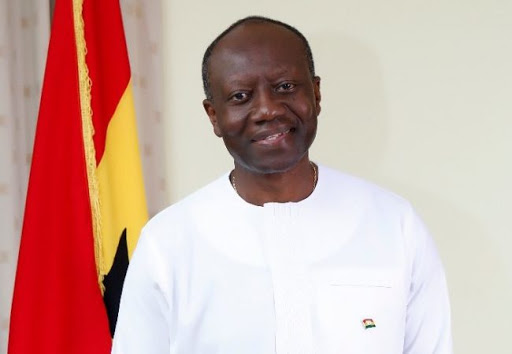Overview: E-Levy taxation on momo
E-LEVY simply means electronic levy.
The electronic-levy is a new tax measure introduced by the government in the 2022 Budget on basic transactions related to digital payments and electronic platform transactions, which includes financial technologies platform (FINTECH), E-Banking or Online banking and Mobile Money Payment gateways and platforms.
The new electronic levy of 1.75 per cent will be applied to transactions that are more than GH¢100.00 on a daily basis (24 hours).
This has been scheduled in such a way that with every transaction of GH¢100.00 by a user, the E-levy deduction to government has to be applied.
For instance, if Maame Esi sends GH¢60.00 to Efua in the afternoon or morning and then later in the evening she sends another GH¢40.00 to Kojo, all summing up to GH¢100.00, then the levy will not be applied because the total is up to GH¢100.00 within a day’s transaction.
However, if the transaction within a day is more than GH¢100.00, that is when the levy kicks in.
E-Levy
The electronic levy consist of All Person to Person (P2P) mobile transactions (i.e the sending of funds to another account, payment for goods and services, payment of utilities (please note that payments for government fees and charges; are exempt), and All Business to Business B2B Mobile Transactions.)
All points of service (POS)/merchant payments; and all inward remittances (to be borne by the recipient) are included.
Please note that transfers from personal wallets to bank accounts and vice versa will not attract this levy.
Also, there will be no tax or e-levy deductions effected on transactions initiated through the government Online Payment system, thus www.ghana.gov (GHANA.GOV).
That means that all payment for government services through ghana.gov.gh will not attract e-levy charges.
Benefits
Revenues from the levy will support government’s road constructions, employment for the youth and support the infrastructure of digital services, as well as helping entrepreneurship.
Revenue from the levy will be mobilised by the government, through the Ghana Revenue Authority (GRA), that shall collect the E-Levy with the telecommunication agencies, financial technologies and financial institutions.
The E-levy is good for revenue mobilisations, but it would be prudent to look at other sources of revenue mobilisation too.
The implementation of the E-Levy must be based on these measures.
• The rate of 1.75 per cent should be reduced to 0.7 per cent, to enable all citizens to afford and willing to pay.
• The deductions should affect the sender or the cash out end, and not both sender and receiver.
Ghana is now evolving in the digital transformation process and citizens are now getting to understand the concepts on electronic services.
Imposing such a percentage will push them back into the traditional way of making payments.
There must be a definite plan for the levies collected, some of which must be used to provide better services.
There must also be accessibility in payment processes and accountability.
The writer an analyst/Business Administration student.



